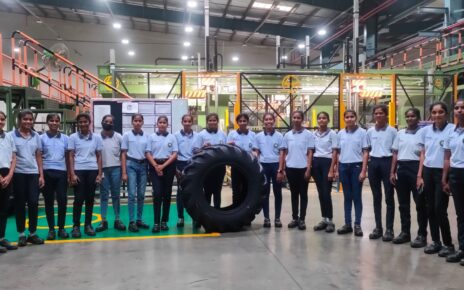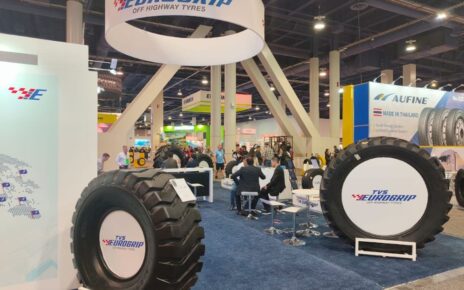
Production volume of Indian tyre makers is set to rise 6-8% on-year to a new high of 2.7 million tonne in fiscal 2024, driven mainly by higher replacement demand, and steady demand from commercial vehicles (CVs) and passenger vehicles (PVs). This, even as exports could see a decline.
Production volume growth this fiscal, while moderating from the 14% and 11% seen in fiscals 2022 and 2023, respectively, will still be higher than the decadal average of ~4%. Rising preference for personal mobility and recovery in CV volume drove a strong rebound in volume growth after the Covid-19 pandemic.
Operating margin should see a sharp expansion of 300-400 basis points to 13-14% this fiscal due to softening prices of key raw materials, which are largely crude-linked.
The higher profitability and moderate capital expenditure should improve their debt metrics this fiscal.
A CRISIL Ratings analysis of India’s top six tyre manufacturers, accounting for ~80% of the sector’s Rs 85,000 crore revenue, indicates as much.
The sector derives ~60% of its volume from the replacement market, ~30% from original equipment manufacturers (OEMs), and ~10% from exports.
Says Poonam Upadhyay, Director, CRISIL Ratings, “We foresee 7-9% growth in replacement demand in the current fiscal, primarily from the CV segment. This follows continuing investments in infrastructure and enhanced bus fleet utilisation with workplaces seeing more people returning to office after the pandemic. Replacement demand will also find traction from high on-road stock of PVs and two-wheelers.”
Demand from OEMs is expected to rise 6-8% on rising sales of two-wheelers, CVs, and PVs.
On the other hand, demand from the tractor segment — which was buoyant last fiscal and sales volume reached an all-time high — is expected to be flattish because of high-base effect and monsoon vagaries.
Besides, exports — especially off-road for agriculture and construction activity, which account for bulk of exports — could decline by 4-6% due to weak demand from Europe and the United States.
However, manufacturers will benefit from lower prices of key raw materials this fiscal. Natural rubber and crude-linked inputs such as carbon black and nylon tyre cord account for 70% of their total cost. Last fiscal, prices of these raw materials were high until the third quarter, which curbed operating margin to ~10%.
Says Nitin Bansal, Associate Director, CRISIL Ratings, “We expect operating margin in the 13-14% range this fiscal due to price hikes in some categories and moderation in the prices of key inputs and freight cost. But the decline in exports, which are typically more profitable, will limit further improvement. Yet, operating margin will be in line with the decadal average, and higher than the sub-10% seen in the past two fiscals.”
With capacity utilisation at ~75-80%, manufacturers are expected to incur capital expenditure mainly towards maintenance and debottlenecking. The sector’s expected capital expenditure stands at ~Rs 4,000 crore this fiscal, compared with ~Rs 4,500 crore on average in the preceding three fiscals.




